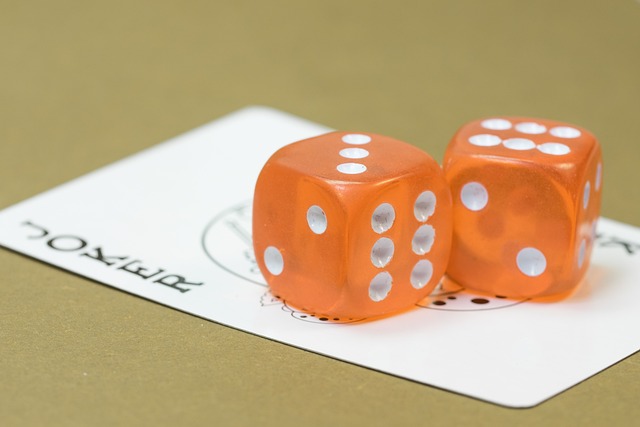For many, gambling is a form of entertainment. But for others, it can become a source of stress, debt, or emotional strain. That’s where self-exclusion programs come in. These tools are designed to help players take control when gambling becomes more harmful than fun.
Whether you’re noticing changes in your own behavior or supporting someone else, understanding how self-exclusion works can be a powerful step toward responsible play and personal well-being.
What Is a Self-Exclusion Program?
A self-exclusion program allows individuals to voluntarily restrict their access to gambling platforms—online or in-person—for a set period of time. Once enrolled, you won’t be able to:
- Log in to participating casino accounts
- Deposit or place bets
- Receive promotional emails or texts
- Open new accounts at linked platforms
These programs are legally enforced within licensed gambling systems, and violating them can result in account bans or legal consequences for the operator.
How Self-Exclusion Programs Work

The process typically follows these steps:
- Voluntary Registration
The user chooses to enroll through a national or platform-specific system. - Identity Verification
Most systems require personal identification to ensure the ban applies across all participating operators. - Select a Timeframe
Users can often choose exclusion periods—30 days, 6 months, 1 year, or permanent. - Enforcement
Once active, the user is automatically blocked from accessing gambling sites under that program. - Reinstatement
After the self-exclusion period ends, players must often submit a formal request to lift the restriction, rather than it expiring automatically.
Some platforms also offer “cool-off” periods—shorter breaks for players who need a temporary pause.
Popular Self-Exclusion Schemes by Region
- GAMSTOP (UK): Covers all UKGC-licensed gambling operators. One of the most robust national programs.
- Spelpaus (Sweden): A government-run system that blocks access to all regulated Swedish gambling sites.
- PlayPause (USA): Expanding across multiple states for shared exclusion between online and retail casinos.
- Individual Operators: Many casinos offer site-specific tools for exclusion, deposit limits, and session reminders.
These systems are designed to be confidential, secure, and supportive, prioritizing player protection over punishment.
Who Should Consider Self-Exclusion?
Self-exclusion can benefit anyone who feels they’re losing control over their gambling. You should consider enrolling if:
- You gamble more than you can afford to lose
- You feel anxious, guilty, or frustrated after playing
- You use gambling as a way to cope with stress or escape reality
- You’ve tried to stop or limit gambling but keep returning
It’s also a proactive option for people in recovery, those at risk of relapse, or individuals with a history of gambling addiction in the family.
Tips for Making Self-Exclusion More Effective

To get the most out of a self-exclusion program:
- Pair it with financial controls (like card blockers or spending limits)
- Seek support from professionals or support groups like Gamblers Anonymous
- Inform friends or family for accountability
- Use gambling-blocking software like Gamban or BetBlocker
Remember, self-exclusion is a tool—not a standalone solution. It works best as part of a broader approach to managing compulsive behavior and rebuilding healthy habits.
Final Thoughts: A Smart Step Toward Responsible Play
Self-exclusion programs are not a sign of failure—they’re a sign of self-awareness and strength. Whether you’re struggling with problem gambling or just want a clean break to reset, these tools offer a structured, supportive way to regain control.
If you or someone you know is showing signs of gambling harm, enrolling in a self-exclusion program could be the first and most important step toward a safer and healthier future.
